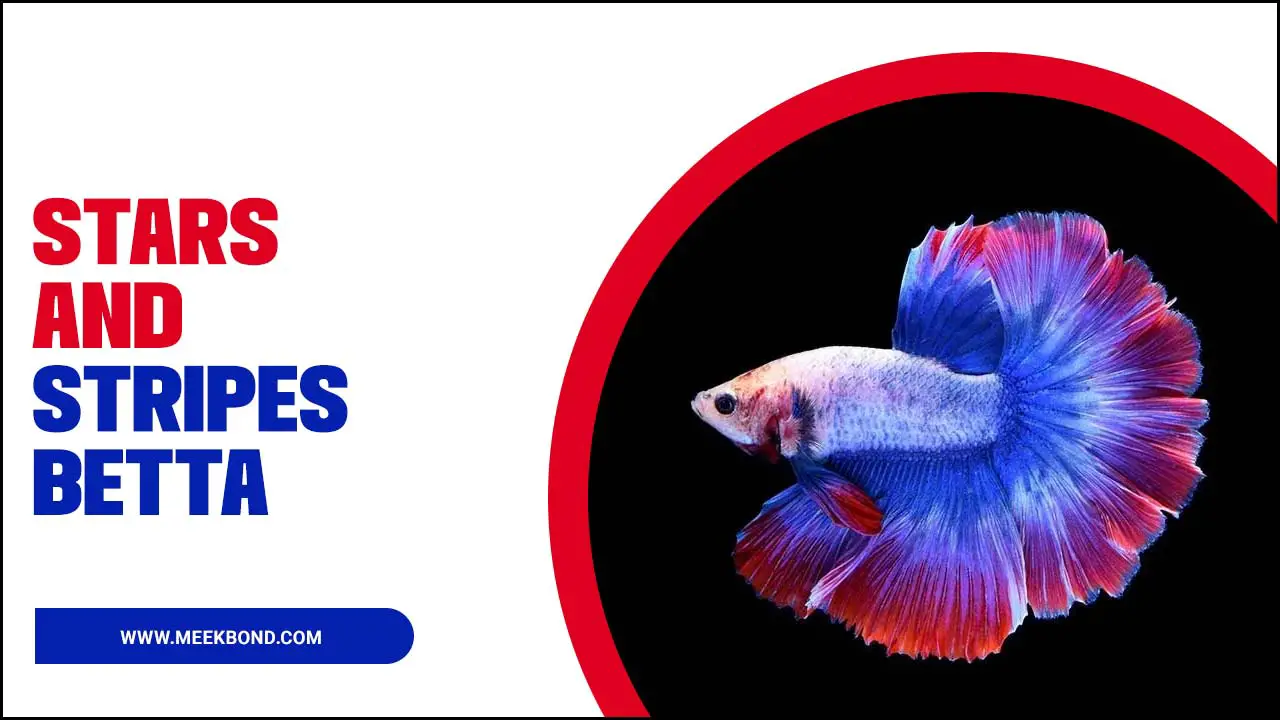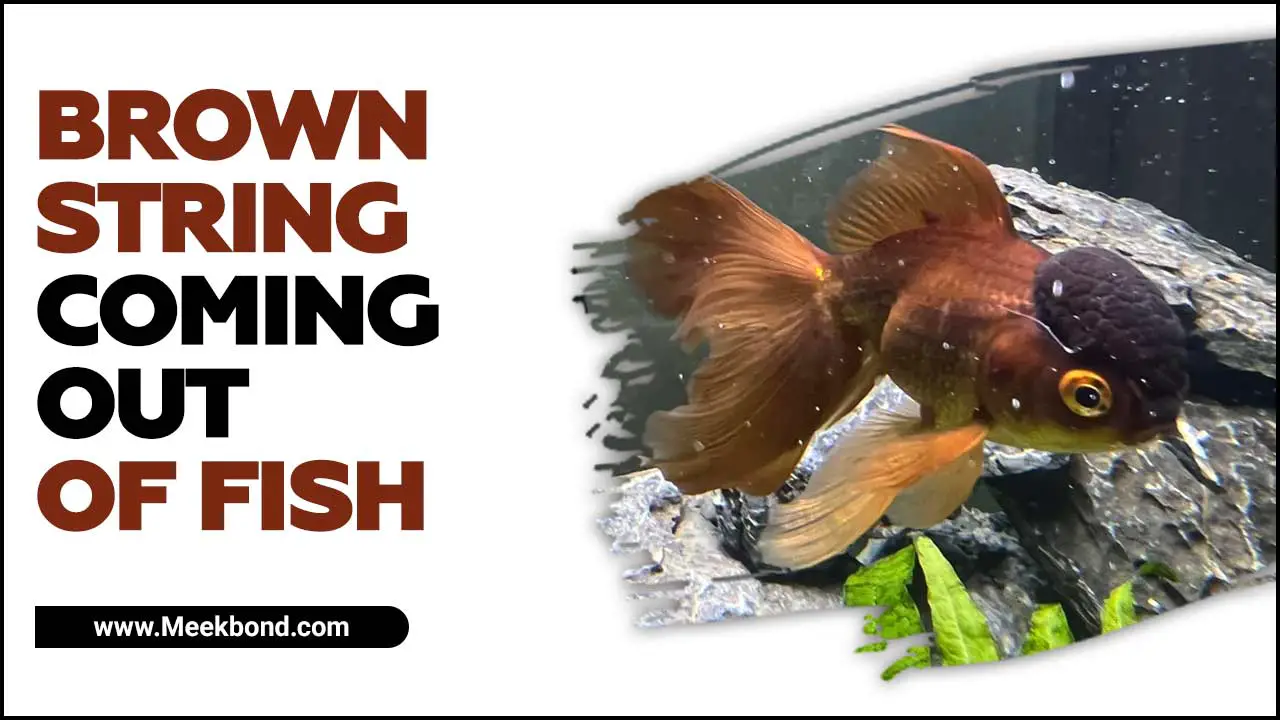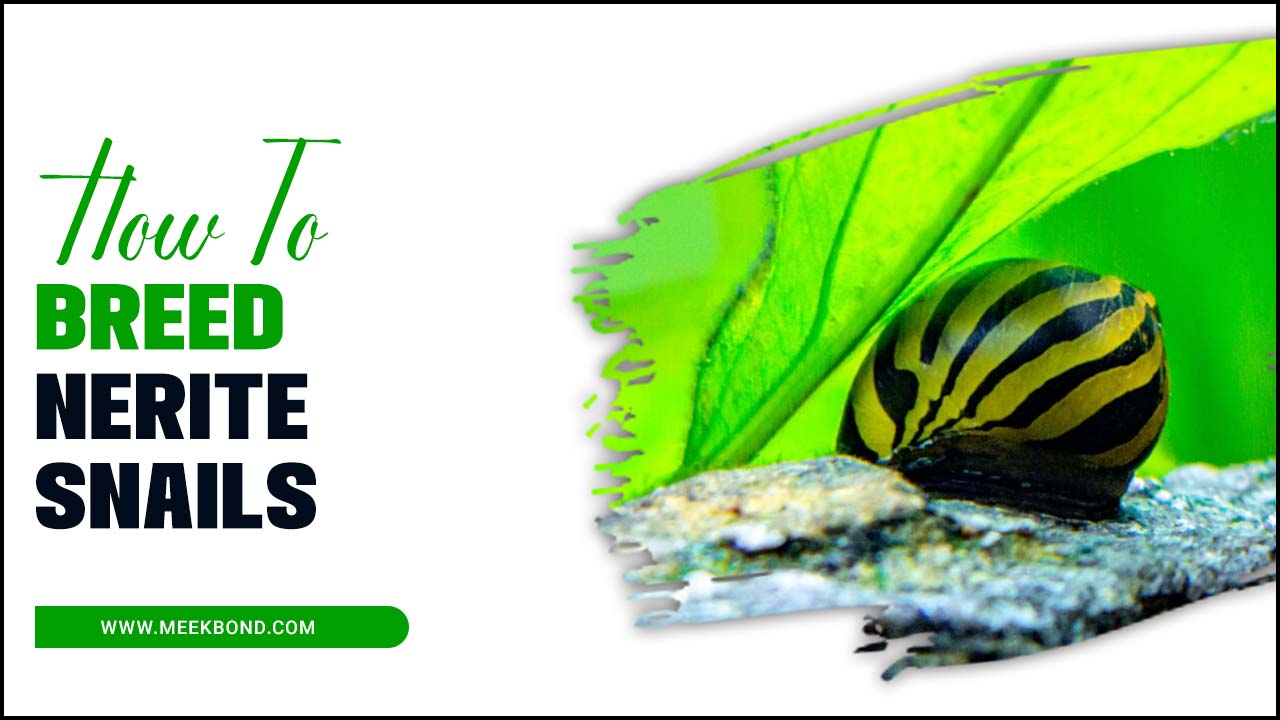One Eyed fish is a term used to describe a rare phenomenon where a fish has only one eye. It can occur naturally or as a result of genetic mutations, injuries, or environmental factors.
While it may seem like something out of a fictional story, one-eyed fish have been documented in various species around the world. These unique creatures often capture the curiosity and fascination of scientists and nature enthusiasts alike.
They serve as a reminder of the diversity and adaptability found in the natural world, and they highlight the complex interactions between genetics, development, and the environment. Here we will guide how to take care one eyed fish in aquarium. So let’s dive in and learn how to create the perfect home for your special aquatic friend.
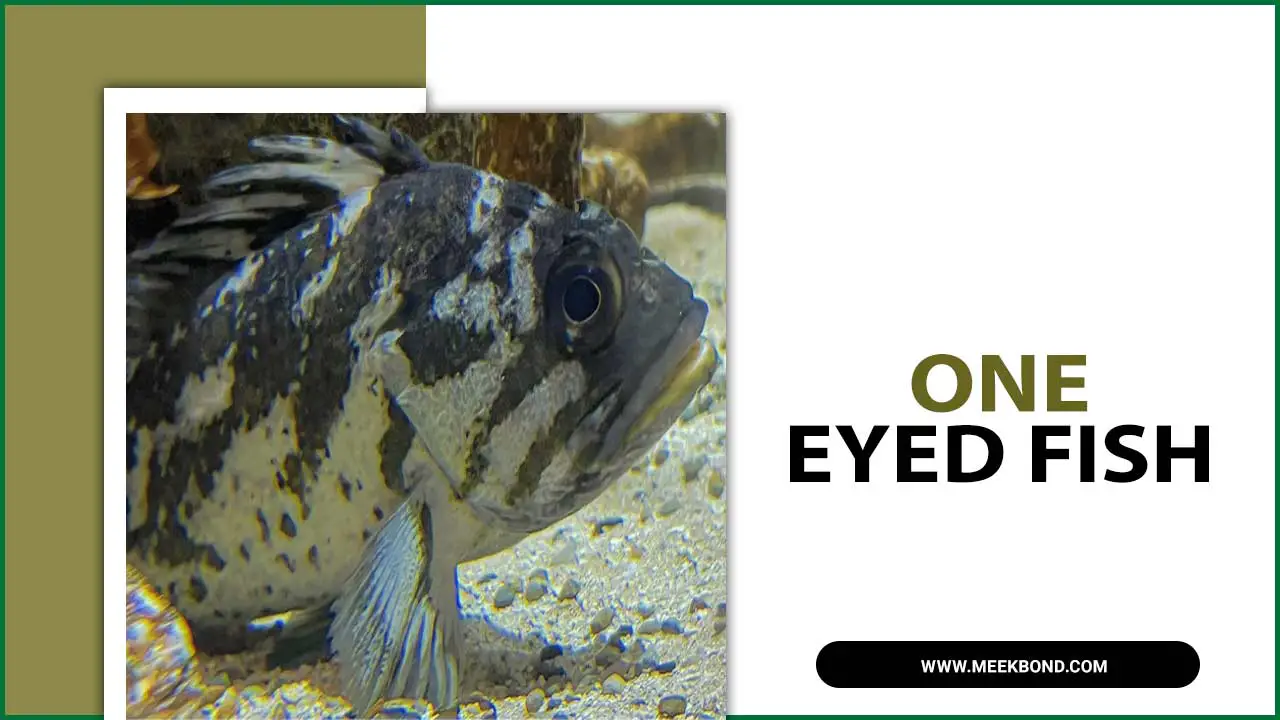
A Step-By-Step Guide To Take Care One Eyed Fish
To properly care for one eyed fish, it is important to understand their specific needs. Providing a suitable tank size and maintaining water quality is crucial. These fish may require special accommodations for feeding due to their vision impairment.
Monitoring them for signs of stress or illness is essential, and taking appropriate action if necessary. It is advisable to provide appropriate tank decorations and hiding places to promote a sense of security. Regularly cleaning and maintaining the tank ensures a healthy and comfortable environment for these unique fish.
Providing A Suitable Tank Setup
When caring for a one-eyed fish, it is important to provide a suitable tank setup that accommodates their unique needs. Due to their impaired vision, setting up the tank with plenty of hiding spots and obstacles is recommended to help them navigate their environment. This can include plants, rocks, and decorations that create a natural and stimulating habitat.
It is also important to ensure optimal water quality, as any fluctuations or poor water conditions can further stress the fish. Monitoring water parameters such as temperature, pH, and ammonia levels is essential. Additionally, a balanced diet and regular feeding schedule will help maintain the overall health and well-being of the one-eyed fish.
Maintaining Proper Water Quality And Temperature
Maintaining proper water quality and temperature is essential when caring for a one-eyed fish. One-eyed fish are often more vulnerable to environmental changes and stress, so it is important to provide them with optimal conditions to ensure their health and well-being.
Regularly testing the water parameters, such as pH, ammonia levels, and temperature, can help identify potential issues and allow for adjustments. Additionally, investing in a reliable filtration system and regularly cleaning the tank can help maintain clean water and prevent the build-up of harmful substances. You can help your one-eyed fish thrive in their aquatic environment by providing the appropriate water quality and temperature.
Choosing Appropriate Tank Mates
When keeping a one-eyed fish in an aquarium, choosing appropriate tank mates that will not threaten its well-being is important. Due to the fish’s limited vision, it may have difficulty defending itself against aggressive or territorial species. Selecting peaceful and non-aggressive fish compatible with the one-eyed fish’s water requirements and behavior is best.
Additionally, avoiding fish with long fins or flashy colors can help prevent any potential confusion or aggression toward the one-eyed fish. Researching and consulting with experienced aquarists can provide valuable insights into suitable tank mates for your one-eyed fish, ensuring a harmonious and stress-free aquatic environment.
Feeding And Nutrition Requirements
Feeding and nutrition requirements for a one-eyed fish can be similar to those of a fish with two eyes. However, there may be some additional considerations to ensure the fish receives proper nutrition and stays healthy. It is important to provide a balanced diet that includes a variety of foods such as pellets, flakes, frozen or live foods, and vegetables.
Additionally, monitoring the fish’s eating habits and adjusting the feeding schedule if necessary is crucial. Some one-eyed fish may have difficulty locating food due to impaired vision, so using food that sinks slowly or attaching it to surfaces within the aquarium may be helpful. Consulting with a veterinarian or aquatic specialist can provide further guidance on specific feeding and nutrition requirements for a one-eyed fish.
Monitoring The Health And Well-Being Of A One-Eyed Fish

Monitoring the health and well-being of a one-eyed fish is crucial to ensure its overall quality of life. With only one eye, the fish may face challenges regarding depth perception and navigating its environment. It is important to closely observe the fish for any signs of distress or physical abnormalities that may be attributed to its condition.
Regular water quality testing and maintenance are also essential to provide a suitable habitat for the fish. Additionally, monitoring its feeding habits and ensuring it receives a balanced diet will help promote its overall health. By attentively monitoring the one-eyed fish and addressing any potential issues promptly, you can help ensure its well-being and enhance its quality of life.
Special Considerations For Breeding And Reproduction
Breeding and reproduction can present unique challenges for one-eyed fish. Due to their vision impairment, providing them with a safe and secure environment is important to minimize the risk of injury during the breeding process.
Additionally, special attention should be given to selecting suitable mates for one-eyed fish, as genetic factors may play a role in their visual impairment. It is recommended to consult with experts or experienced breeders who can guide the specific considerations for breeding and reproduction in one-eyed fish. By taking these precautions, breeders can help ensure the health and well-being of these unique aquatic creatures.
Tips For Creating A Safe And Comfortable Environment For A One-Eyed Fish In The
Creating a safe and comfortable environment for a one-eyed fish requires extra care and attention. Here are some tips to ensure the well-being of your one-eyed fish. Remember, each fish is unique, so observing their behavior and adjusting based on their specific needs is key to creating a safe and comfortable environment for your one-eyed fish.
- Provide ample hiding spots: One-eyed fish may be more vulnerable to predators, so creating hiding spots in the aquarium is important. This can include plants, rocks, or decorations that provide cover and security.
- Maintain water quality: One-eyed fish can be more sensitive to changes in water quality, so it’s crucial to regularly test the water parameters and maintain appropriate levels of pH, ammonia, nitrate, and temperature.
- Ensure proper lighting: One-eyed fish may have compromised vision, so it’s important to provide appropriate lighting in the aquarium. Avoid bright lights that can cause stress, and consider using dimmer or softer lighting options.
- Regulate feeding: Monitor the feeding habits of your one-eyed fish closely. They may have difficulty locating food due to limited vision, so consider using sinking pellets or targeted feeding methods to ensure they receive adequate nutrition.
- Minimize stress: Stress can negatively impact the health of any fish, but it can be particularly detrimental for one-eyed fish. Keep noise levels low around the aquarium, avoid sudden movements or disturbances, and maintain a consistent routine to minimize stressors.
How To Choose The Right One-Eyed Fish For Your Aquarium
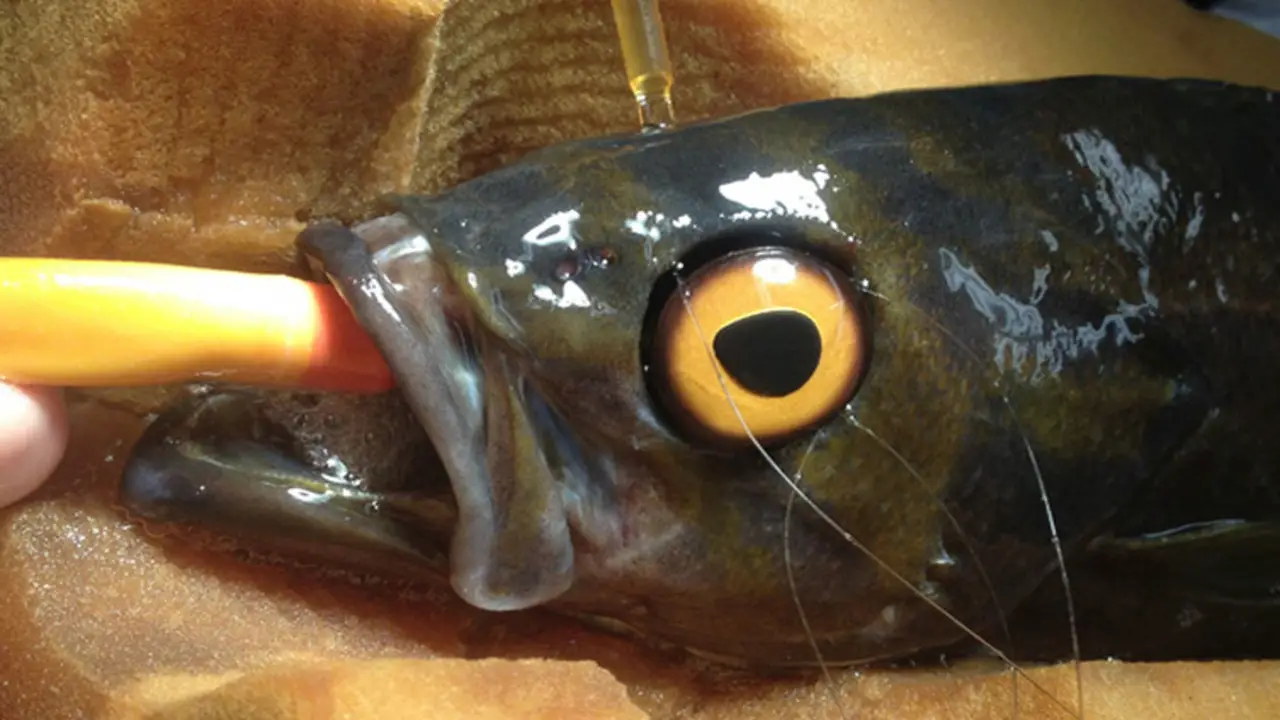
When choosing a One-Eyed Fish for your aquarium, there are several factors to consider. Firstly, consider the size of your aquarium and the expected growth size of the fish. Look for One-Eyed Fish that are active, alert, and have a good appetite, as these are signs of a healthy fish.
Additionally, research the preferred water parameters for the specific species you’re interested in. Before purchasing, check for any signs of disease or injury. Lastly, speaking with an experienced aquarium professional for additional advice on choosing the right fish for your setup is always a good idea.
How One-Eyed Fish Adapt To Their Environment
One-Eyed Fish have remarkable adaptability to their environment, relying on their other senses, such as smell and hearing. To ensure their well-being, owners should provide a spacious tank with hiding spots that mimic their natural habitat.
Clean water and a protein-rich diet are crucial for their health. Regular water changes and tank cleaning are essential maintenance practices. Observing their behavior and appearance regularly allows owners to identify potential health issues promptly. By adapting and thriving in their surroundings, One-Eyed Fish demonstrate their ability to navigate their environment effectively.
Survival Tactics Of One-Eyed Fish
One-eyed fish possess remarkable survival tactics that help them thrive in their environment. Despite having only one eye, they can adapt and use their remaining eye to navigate their surroundings. Providing special care and attention is crucial to ensure they receive proper nutrition and avoid stress.
It’s important to avoid housing them with aggressive or fast-moving fish that may cause harm. Creating a comfortable and low-stress environment contributes to their survival and overall health. Consulting with a veterinarian or experienced aquarist can provide valuable insights into caring for one-eyed fish.
How Do One-Eyed Fish Protect Themselves From Predators?
One-eyed fish must rely on their other senses, such as smell and hearing, to detect potential threats. Their vision impairment makes it difficult for them to identify danger easily. To avoid predators, they may hide in vegetation or structures. Therefore, creating a safe and secure environment for these fish species is imperative to prevent predation.
This can be done by adding decorations like plants, rocks, or driftwood that provide hiding spaces for the fish. Additionally, keeping the water quality optimal and ensuring that the tank size is suitable can also reduce stress levels and prevent sickness in the fish. Providing a comfortable habitat will help one-eyed fish survive and allow them to thrive in captivity.
Conclusion
Taking care of a one eyed fish requires some extra attention and care. It’s important to create a suitable environment in the aquarium, introduce them properly, and provide them with the right diet. Also, handling and caring for them should be done cautiously to ensure their well-being.
When choosing a one-eyed fish for your aquarium, consider their adaptability to the environment and their survival tactics. These fish have unique ways of protecting themselves from predators, which adds to their fascinating nature.
Following these steps and understanding the needs of one-eyed fish, you can provide them with a comfortable and safe habitat in your aquarium. Enjoy the beauty and uniqueness of these extraordinary creatures in your home.
Frequently Asked Questions
What Is A One-Eyed Fish Called?
A one-eyed fish is commonly known as a “cyclops fish.” These unique creatures can occur naturally or due to genetic mutations, injury, or disease. To properly care for a cyclops fish.
Why Does My Fish Only Have One Eye?
There are various reasons why a fish may have only one eye, such as genetic abnormalities or injury. To care for a one-eyed fish, maintain clean water and create a stress-free environment to aid healing.
Can My Fish Survive With One Eye?
Fish can thrive with just one eye but may need additional care. Ensure the tank is clean and free of sharp objects. Monitor their behavior and feeding habits closely, and consult a veterinarian if you notice any unusual symptoms or behaviors.
What Fish Has Eyes On The Same Side?
Fish with eyes on the same side are flatfish, such as flounder, halibut, and sole. During development, one eye migrates to the other side of the head. Taking care of one-eyed fish requires special attention to feeding habits and tank setup.
What Are The Benefits Of Eating One-Eyed Fish?
One-eyed fish may not have specific benefits when it comes to consumption. However, fish generally is a good source of protein and omega-3 fatty acids. It’s important to ensure the safety and quality of any fish before consuming it.

Aquarium passion is all about connecting with the aquatic life and providing education to the public on the importance of these creatures. We showcase a wide variety of marine life through our exhibits as well as working with schools to provide unique learning opportunities for students of all ages.


